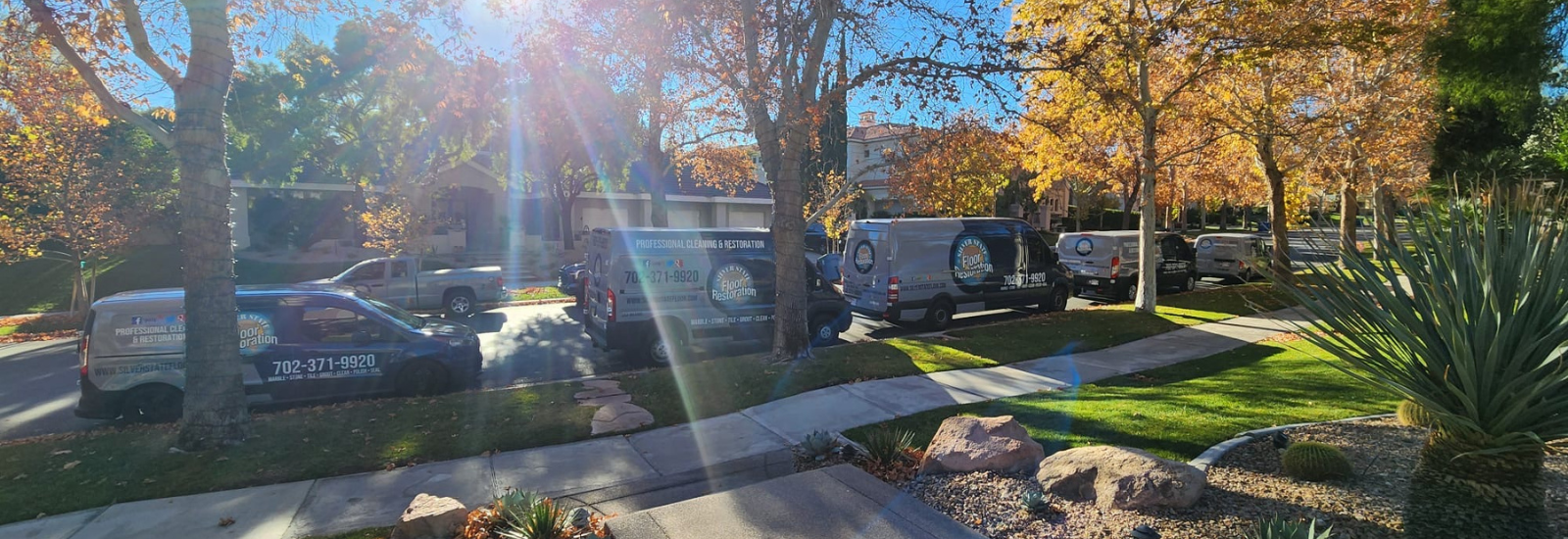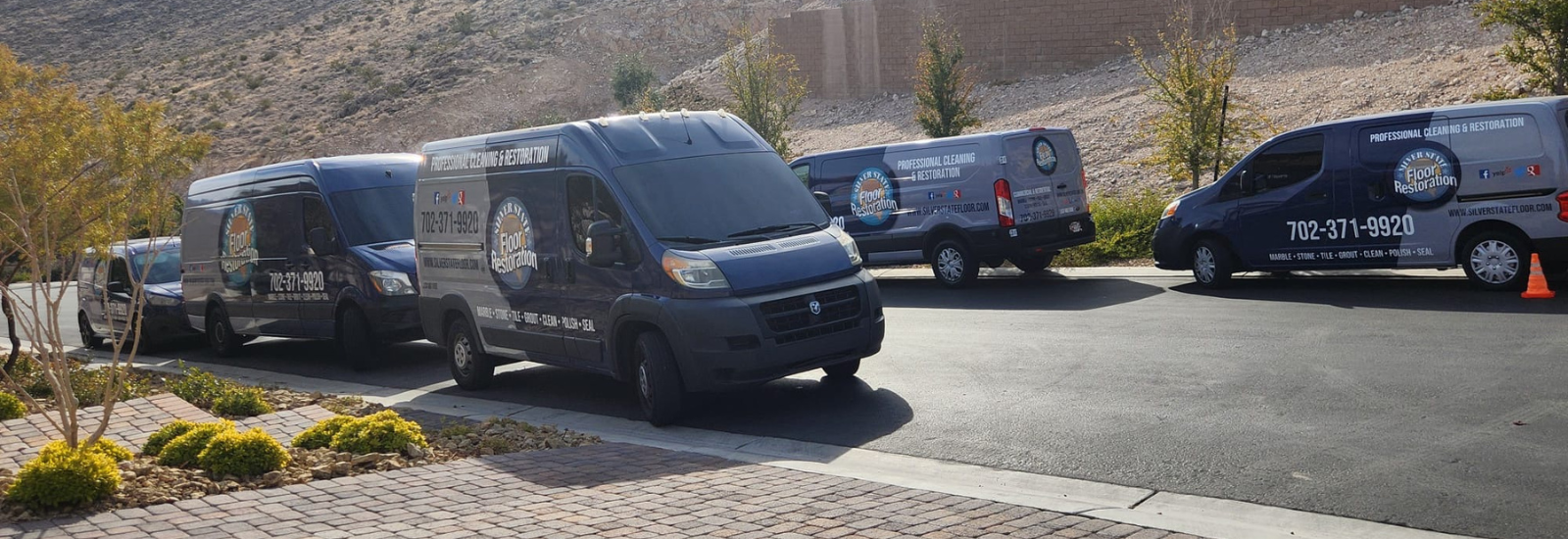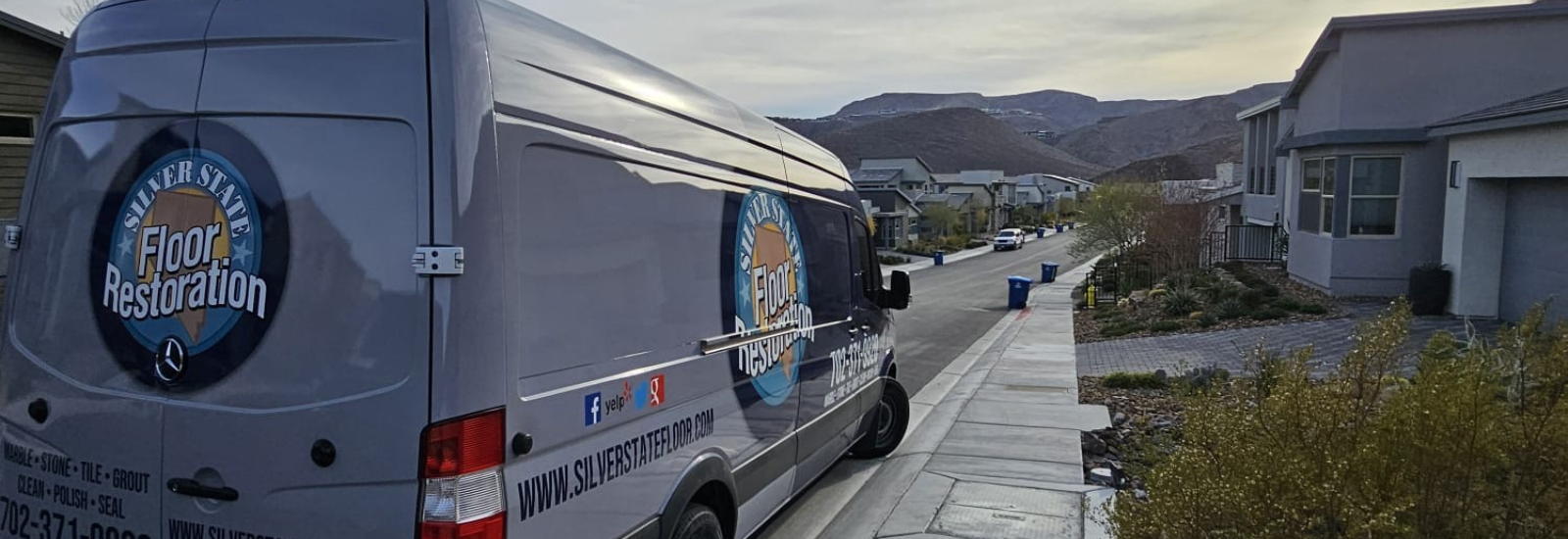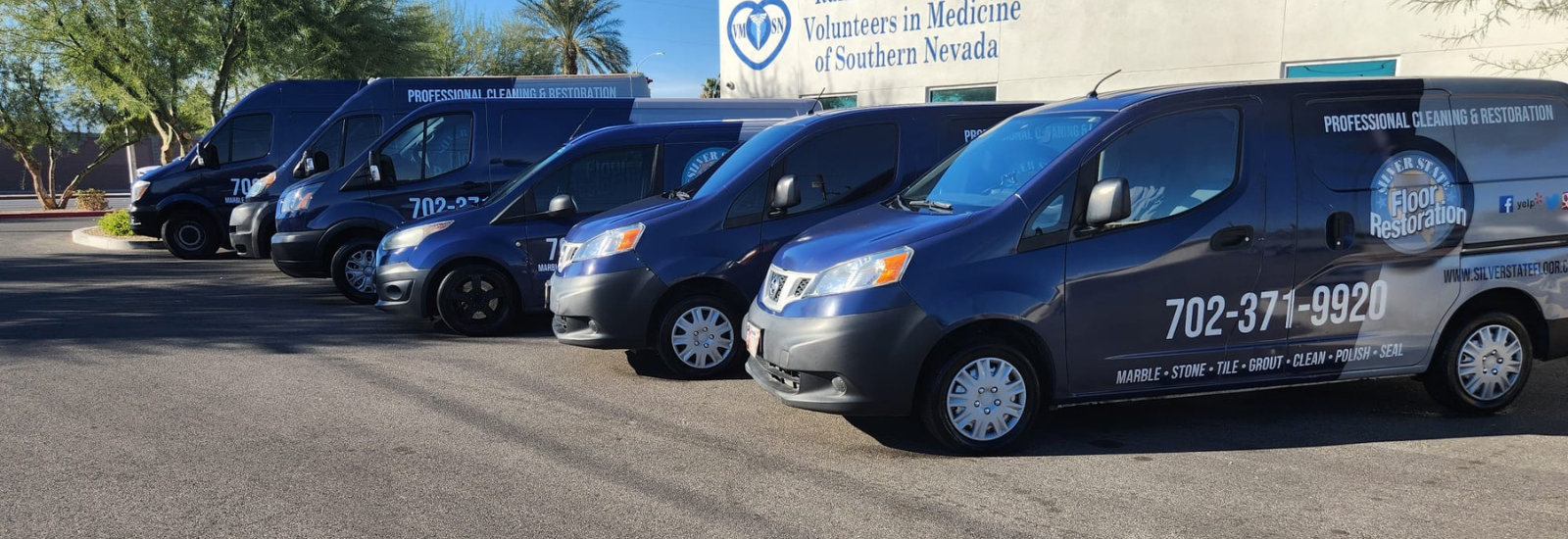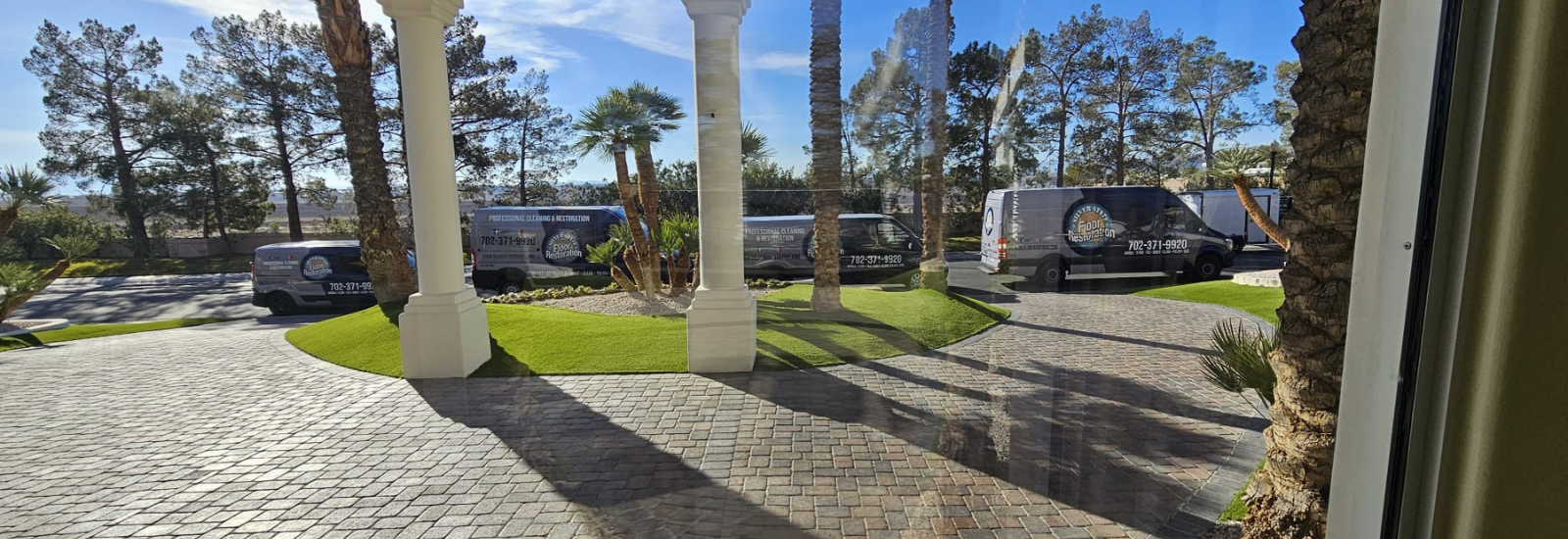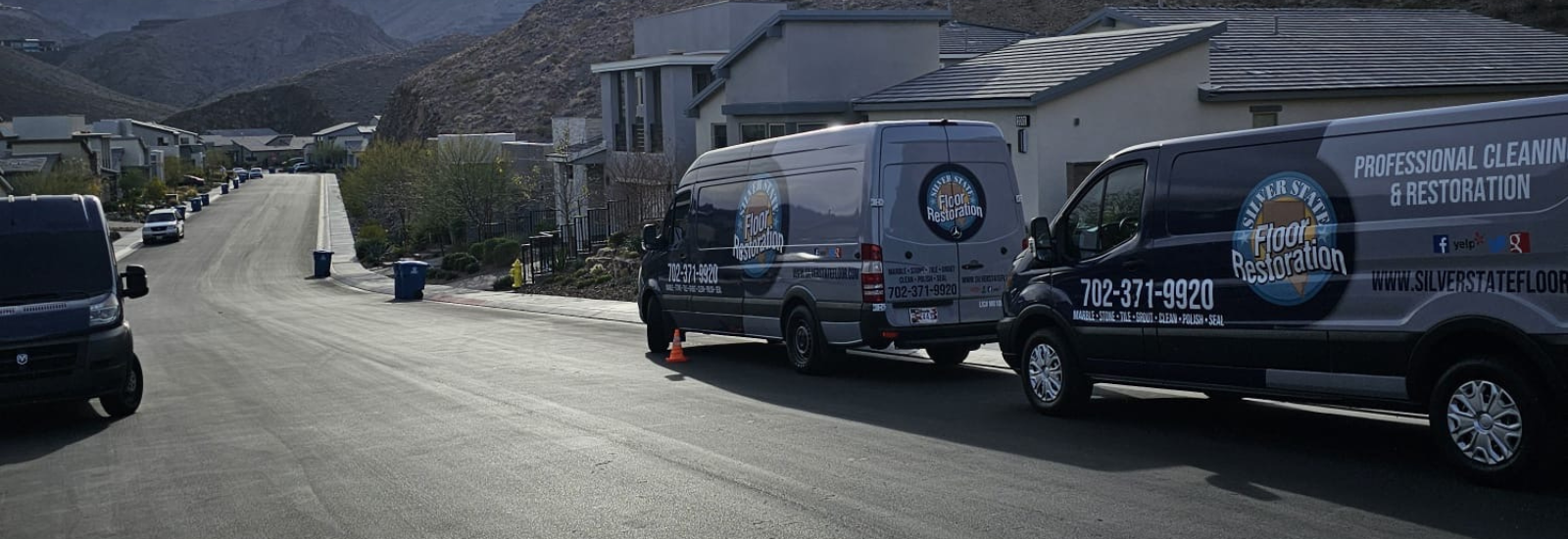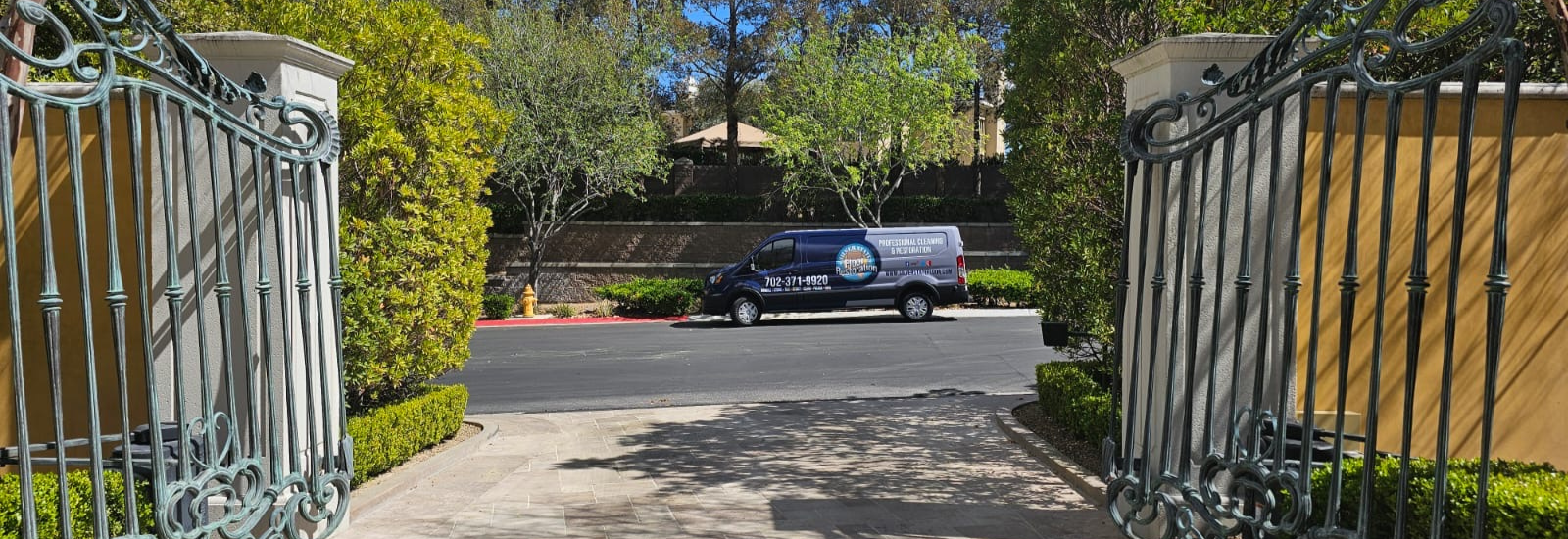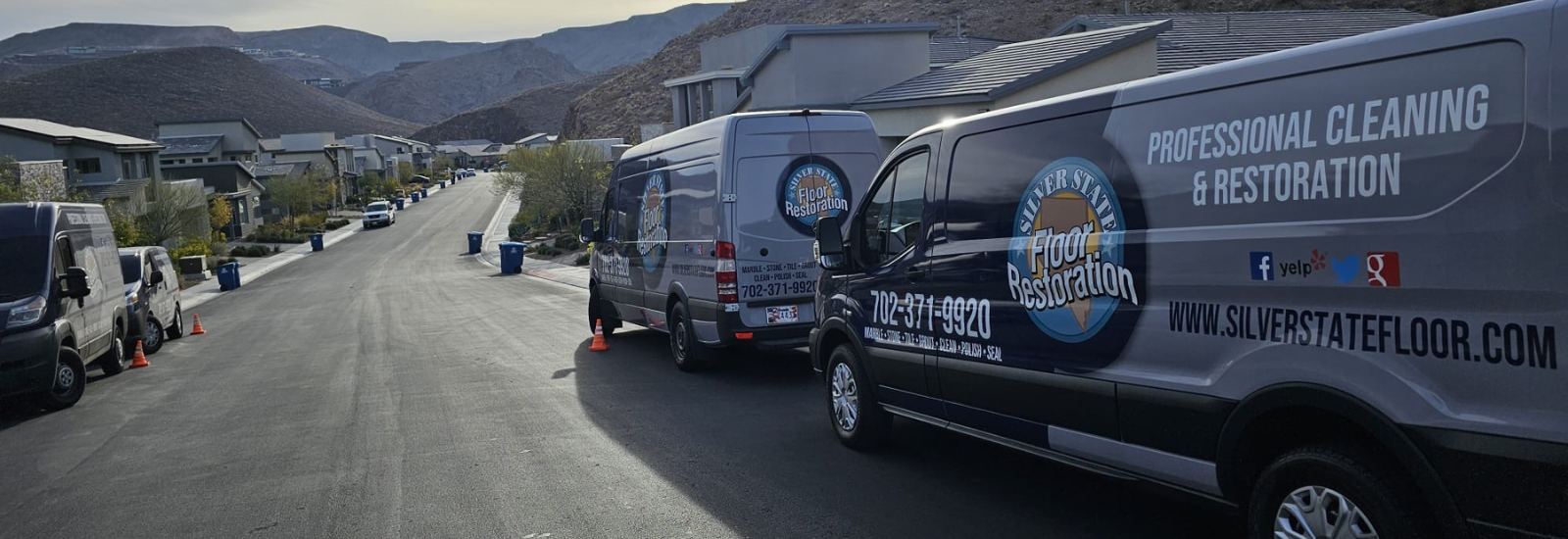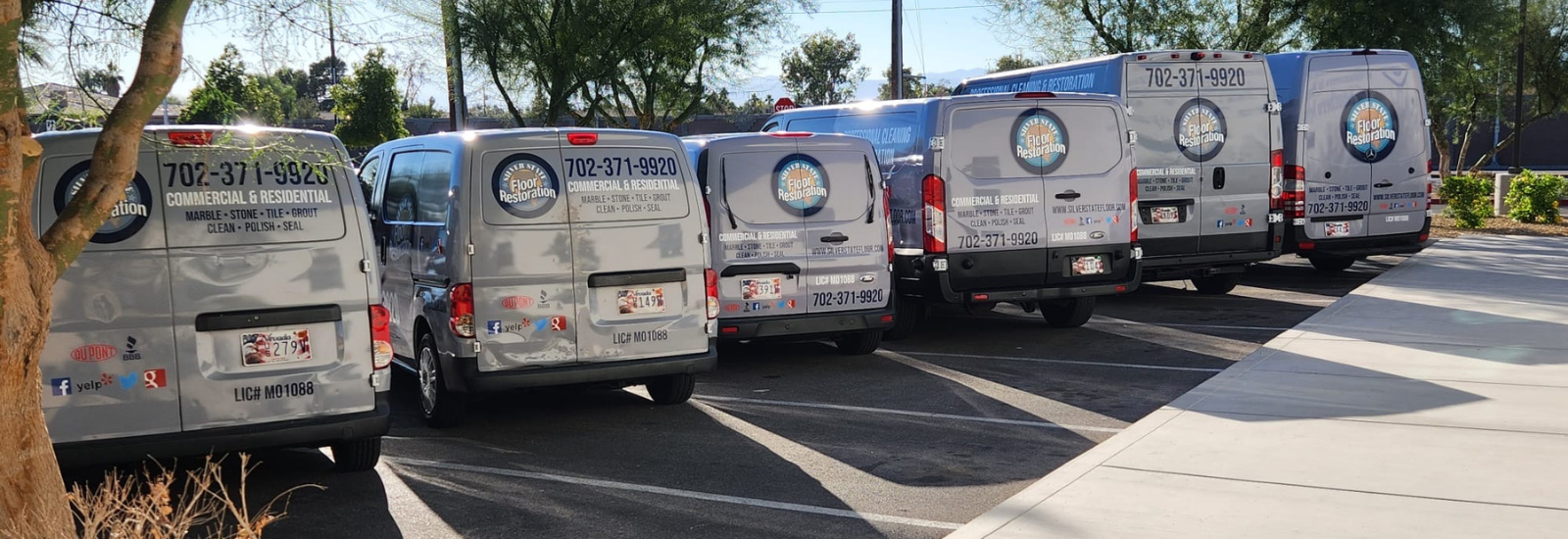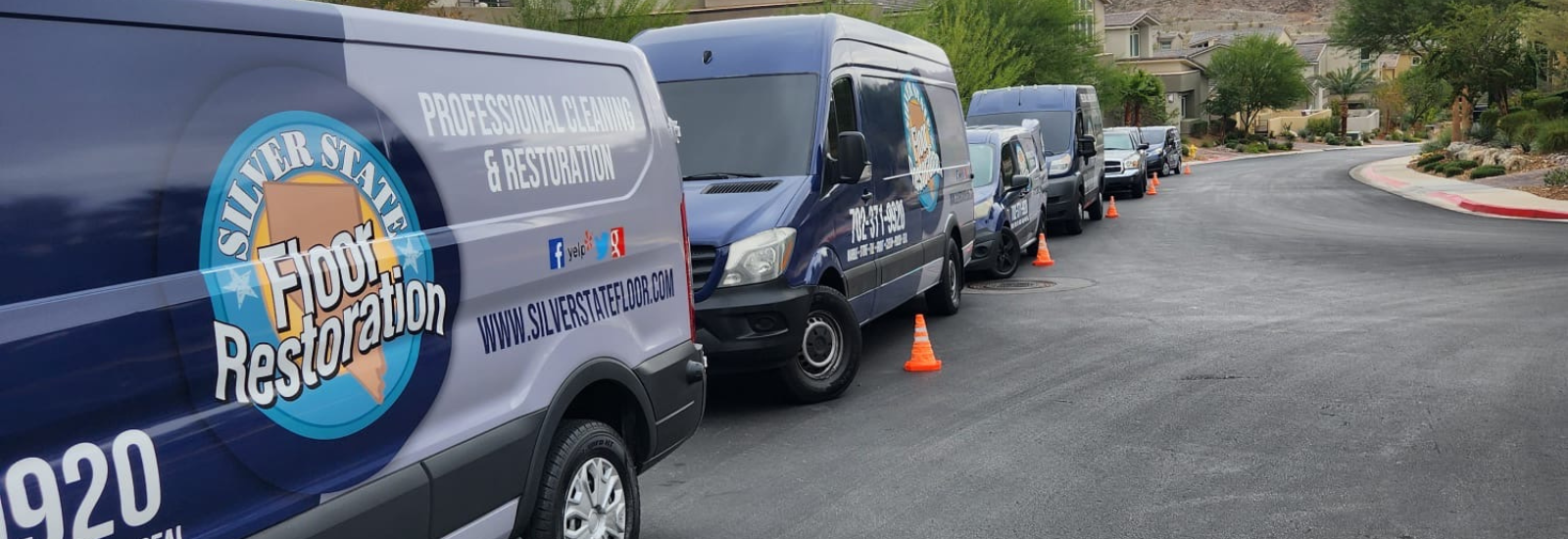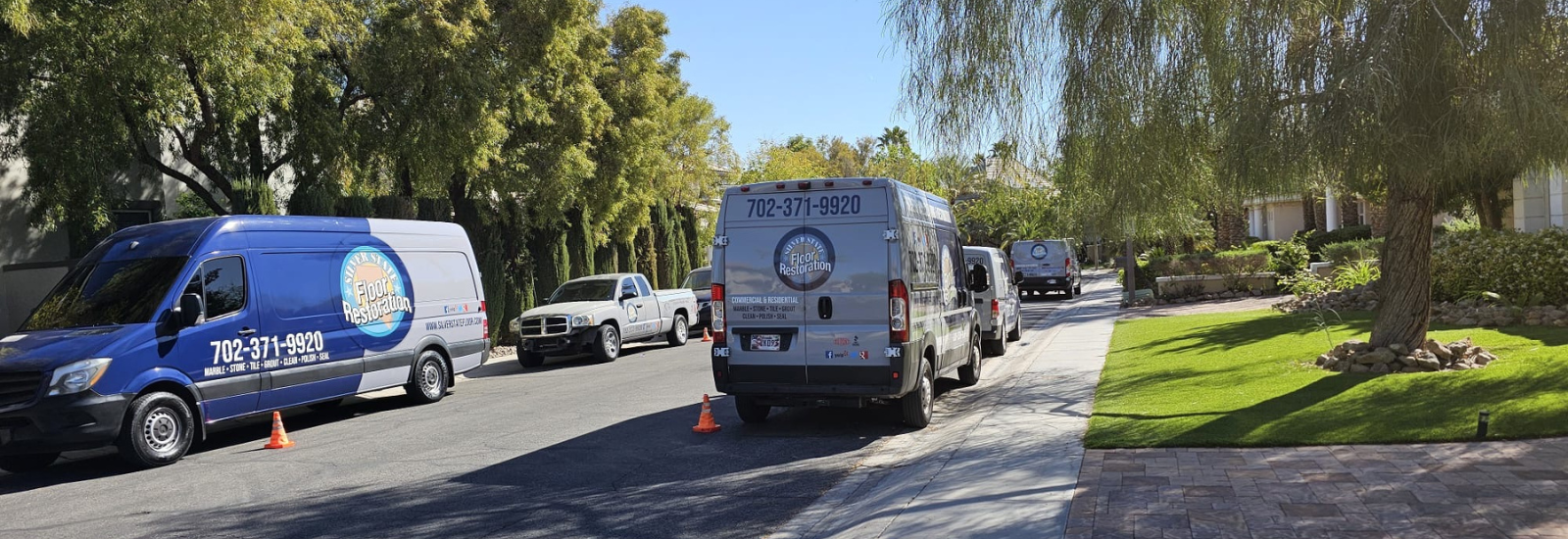When you walk into a room with impeccably polished tiles, there’s an undeniable allure to the gleaming surfaces. But what lies beneath that shine? It’s not just about elbow grease and polishing techniques; there’s a fascinating chemistry at play. Understanding the science behind tile polishing sheds light on why certain methods and products work, offering insights into how to achieve that coveted brilliance. Considering this, we at Silver State Floor Restoration would like to discuss the chemistry behind tile polishing.
Chemistry of Surface Interaction
At its core, tile polishing involves altering the surface of the material to create a smooth, reflective finish. This process is deeply rooted in the principles of surface chemistry. Tiles are typically made of materials like ceramic, porcelain, or natural stone, each with its own unique composition. These surfaces are not perfectly smooth at a microscopic level; they contain tiny imperfections, pits, and scratches that scatter light, resulting in a dull appearance.
Role of Abrasives
To achieve a polished finish, abrasive compounds are employed to remove surface irregularities and create a smoother surface. Abrasives can range from coarse to fine, depending on the level of polishing required and the hardness of the material being polished. Common abrasives include diamond pads, abrasive powders, and polishing compounds. These abrasives work by physically wearing down the surface imperfections, revealing a smoother layer underneath.
Chemical Reactions in Polishing Compounds
In addition to mechanical abrasion, chemical reactions play a crucial role in tile polishing. Polishing compounds often contain chemicals that react with the surface material, helping to dissolve and remove surface contaminants and enhance the polishing process. For example, acidic compounds can react with calcium-based minerals present in many types of stone tiles, helping to break down mineral deposits and restore the natural luster of the surface.
Understanding pH Balance
pH balance is another critical aspect of tile polishing chemistry. Different types of tiles and surface materials have varying pH sensitivities. Using cleaning or polishing agents with an inappropriate pH can lead to etching or damage to the surface. For instance, acidic cleaners should be avoided on marble or limestone tiles, as they can cause irreversible damage to the calcium carbonate structure.
Sealers & Protectants
After polishing, applying sealers or protectants is common practice to preserve the polished finish and protect the surface from future damage. These products often contain polymers or silicone-based compounds that create a protective barrier, repelling water, oil, and dirt. Understanding the chemical composition of these sealers is crucial to ensure compatibility with the polished surface and long-lasting protection.
Tile & Grout Cleaning, Sealing & More in Aliante, Centennial, Desert Shores, Eldorado, Enterprise, Green Valley Ranch, Henderson, Lone Mountain Village, North LV, Peccole Ranch, Paradise, Silverado Ranch, Spring Valley, Summerlin, Sunrise Manor, Tuscany Village, Whitney, Winchester & Las Vegas Nevada
When it comes to tile polishing, achieving that perfect shine is not just an art but also a science. Understanding the chemistry behind the process illuminates the mechanisms at work, from abrasive action to chemical reactions and surface protection. By harnessing this knowledge, tile polishing professionals can deliver superior results, transforming dull surfaces into dazzling showcases of scientific prowess and aesthetic beauty. To ensure your tile is properly polished, contact Silver State Floor Restoration.

